The Leading Edge: July 2022 Wind Energy Newsletter
In this edition, we share wins (such as flexible wind turbine rotors—and a University of Colorado Boulder/NREL researcher behind them) as well as challenges (such as wind energy science and bat safety).
News Stories
Midyear Accomplishments in Wind Energy
The Wind Energy Program at NREL has published the Wind Energy Accomplishments & Midyear Performance Report for the first half of Fiscal Year 2022 (October 2021—March 2022). The report highlights achievements at NREL’s world-class hub for wind energy research and development, where scientists, engineers, analysts, and researchers continue to build on NREL’s legacy of innovation.
These achievements include:
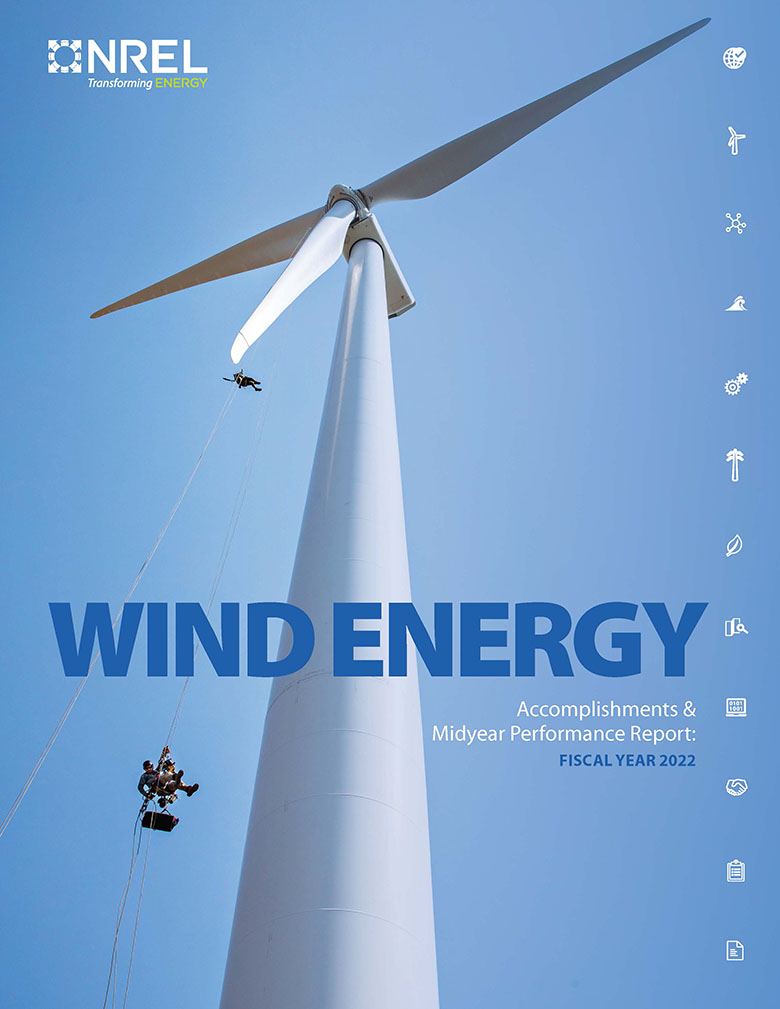
NREL’s Wind Energy Program Fiscal Year 2022 midyear accomplishments report highlights research and development across wind energy fields that help to advance the industry. Photo by Werner Slocum, NREL; cover by NREL
A publication that outlines the need to establish a domestic offshore wind energy supply chain (including number of vessels and workforce growth) to hit the nation’s goal of 30 gigawatts of offshore wind energy by 2030
The demonstration of a popular Type 3 wind turbine’s ability to help stabilize the power grid
A revolutionary combination of NREL-designed thermoplastic materials and 3D printing to create wind turbine blades that are easier to recycle and manufacture
Updates to optimization and simulation tools used to support wind energy facility productivity, including the FLOw Redirection and Induction in Steady State (FLORIS) and Open Operational Assessment (OpenOA™) tools
The launch of an international, multi-institutional field campaign to amass the world’s most comprehensive high-resolution data set of atmospheric phenomena to improve the efficiency of harnessing wind energy. The report also features a list of publications from the first half of Fiscal Year 2022.
NREL's Flatirons Campus is home to the National Wind Technology Center, which has supported wind energy innovation for 43 years on behalf of the U.S. Department of Energy (DOE) Wind Energy Technologies Office (WETO) and other partners in government, academia, and industry.
Learn more about the NREL Wind Energy Program’s impacts and capabilities and how to partner with the lab.
Partnerships Explore the Coexistence of Bats and Wind Energy
As wind energy deployment increases around the United States, wind energy project developers must find ways for wind turbines to coexist with local wildlife. When it comes to wind energy and wildlife, bats are of particular concern because much about these elusive, nocturnal creatures’ interactions with wind turbines remains a mystery.
To improve our understanding of why and how bats interact wind turbines, NREL has chosen three industry teams to receive funding to support research on bats and wind energy projects. Selected through the NREL Enabling Coexistence Options for Wind Energy and Wildlife (ECO Wind) program's first-ever competitive request for proposals, the awardees will receive a total of $1.1 million to research how bats behave near wind turbines and power plants.
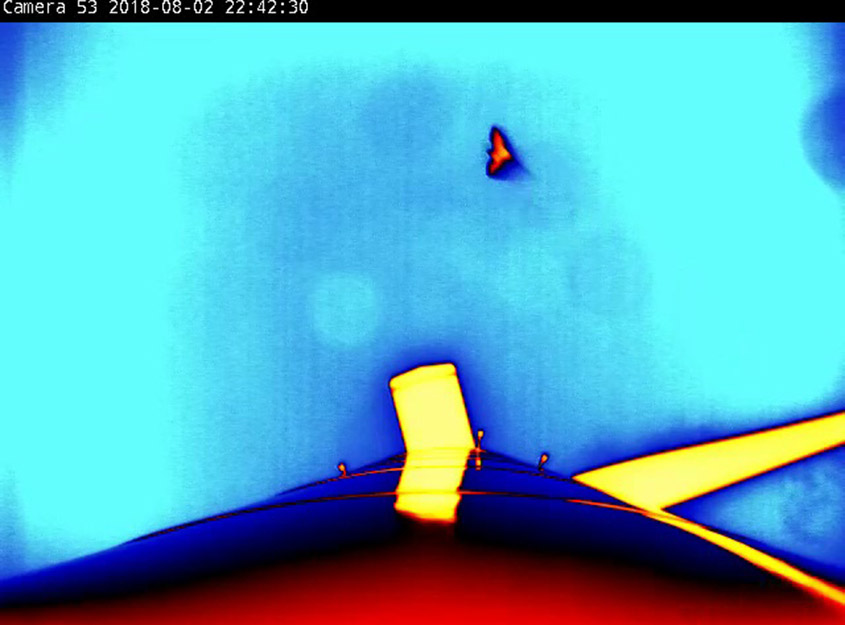
Behind the Blades
Flexibility in Work and Wind Turbines
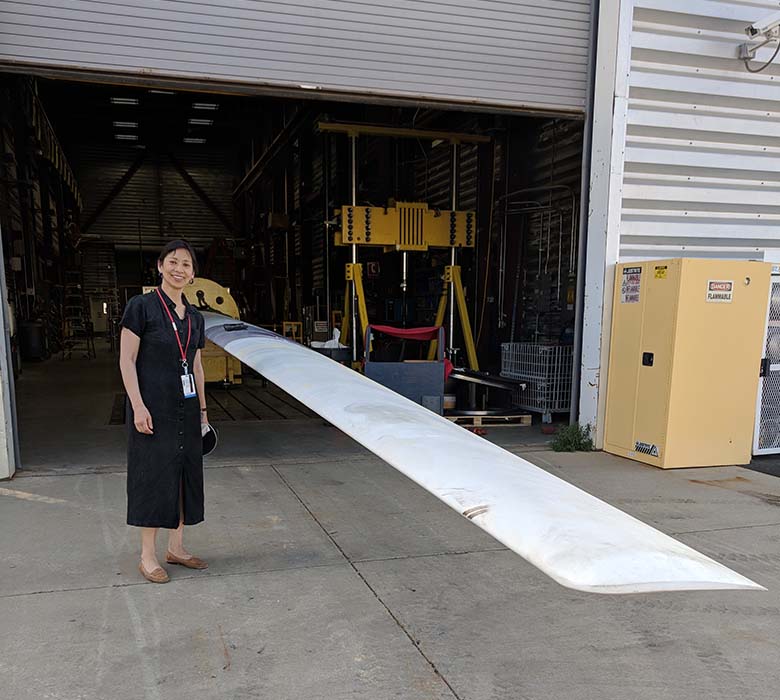
Lucy Pao, a joint appointee at CU Boulder and NREL, stands next to a segmented ultralight morphing rotor wind turbine blade at NREL's Flatirons Campus shortly after the blade was manufactured and delivered to the lab for DOE-funded experiments in July 2018. The ultralight, flexible wind turbine rotor, designed by a multi-institutional team that included Pao and other NREL researchers, could lower wind energy costs. Photo by Kathryn Johnson, Colorado School of Mines/NREL
Researchers take on challenges every day. For Lucy Pao, the satisfaction of moving toward a solution drives her work as much as the joy of solving puzzles. “I like to think about problems and questions as well as novel approaches to address the key problems and challenges,” she says, “so that we can hopefully make the world a better place and improve the quality of life for future generations.”
Pao is a professor at the University of Colorado Boulder (CU Boulder) with a joint appointment at NREL through the Renewable and Sustainable Energy Institute (RASEI), a joint institute between NREL and CU Boulder. Her research focuses on challenges in control systems across a variety of fields, but after a doctoral student led her into wind energy in 2002, she has focused more and more on wind turbines.
“A goal of RASEI is to bring together researchers from both NREL and CU Boulder in joint projects and ventures that can make a larger impact than either institution could do alone,” Pao says.
With NREL as a leader in renewable energy research and CU Boulder recruiting top-notch students, RASEI enables current and future minds to work together to solve problems.
“I have learned much from my collaborations with NREL researchers. With NREL being so close by, I find that it is a tremendous recruiting tool in convincing prospective graduate students to come to CU Boulder and join my research group,” says Pao, adding that several students went on to work at the lab. “They will be future leaders in our field.”
She has worked more directly with NREL researchers since a 2009 sabbatical led her to the National Wind Technology Center. In the past few years, Pao has collaborated with numerous other researchers, received industry input from a major wind turbine manufacturer, and evaluated a lightweight, flexible wind turbine rotor (a gravo-aero-elastically scaled version of a 13-megawatt segmented ultralight morphing rotor, or SUMR) for downwind turbines at NREL's Flatirons Campus. Researchers scaled down a previous SUMR design to manufacture 21-meter blades, which were then mounted on NREL’s Controls Advanced Research Turbine and field tested from 2019 to 2020. The SUMR project, funded by DOE’s Advanced Research Projects Agency-Energy program, is a multi-institutional research collaboration among the University of Virginia, NREL, CU Boulder, University of Texas at Dallas, Colorado School of Mines, and University of Illinois at Urbana-Champaign. This research has the potential to reduce the cost of wind energy production, especially as wind turbines grow larger. According to Pao, the team hopes to develop this rotor concept further and that it can be adopted in future offshore wind energy systems.
“In the most recent phase of this project, we have been working through a number of iterations to design the aerodynamics, structural dynamics, and controllers in a more integrated fashion in a series of 25-megawatt downwind turbine designs,” Pao says. This so-called control co-design process improves upon the more traditional approach of sequentially carrying out the aerodynamical design, followed by the structural design, followed by the control design. “With this experience, we hope to support NREL’s efforts in developing high-performance, high-fidelity, extreme-scale offshore reference wind turbines.”
Pao’s CU Boulder research group, with funding from another project supported by DOE’s Advanced Research Projects Agency-Energy, is already developing an Ultraflexible Smart FLoating Offshore Wind Turbine (USFLOWT) as part of a project led by NREL researcher Senu Sirnivas that also includes Colorado School of Mines, the University of Virginia, and the American Bureau of Shipping. The goal of this project is to develop a lightweight floating platform that, when coupled with a 10-megawatt turbine, could lower the cost of offshore wind energy generation.
“My collaborations with NREL have been both productive and fun, and I look forward to many more interactions and joint projects with NREL,” she says.
Pao has also been a part of a team that has been brainstorming and documenting the grand challenges (more on that in the August issue) in the design, manufacture, and operation of future wind turbine systems, which builds off of the 2019 Science journal article she coauthored with NREL and other researchers, titled “Grand Challenges in the Science of Wind Energy.”
“There are still many science and engineering challenges in wind energy that we must address to more rapidly deploy wind energy systems in the race to mitigate climate change while cleanly meeting the world’s growing demands for electricity,” Pao says. “I hope to see a future world where clean energy fully powers humanity’s needs and where humans can live sustainably in harmony with Mother Nature.”
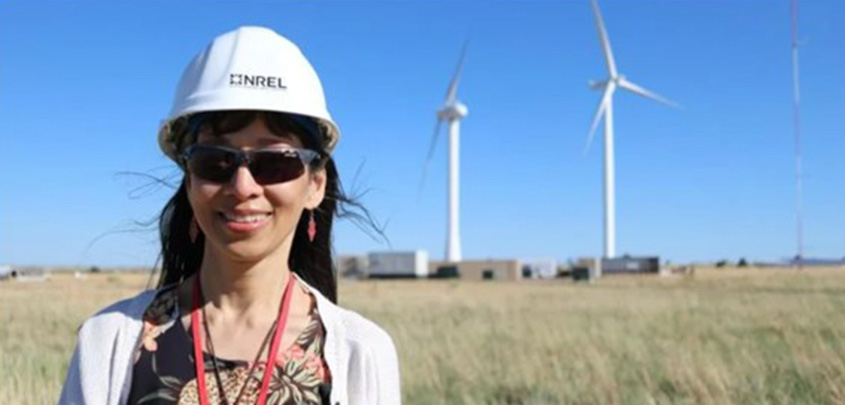
On the Radar
Industry To Help Prepare High-Fidelity ExaWind Model for Commercial Use
An NREL research team is preparing the lab's state-of-the-art wind farm simulation tool—the ExaWind software package—for industry use by soliciting input from members of industry.
Through DOE's Energy I-Corps program, NREL researchers Ashesh Sharma and Marc Henry de Frahan have been paired with an industry mentor, Shreyas Ananthan, the chief technology officer at AscentOS, who previously worked on the development of ExaWind at NREL. Together, they are crafting a workflow to bring the tool to the energy industry. The team will perform up to 70 interviews with industry members, which will inform the team’s business model and the tool’s market viability. This research will help the team set up ExaWind to serve users either directly, as a cloud-based computing resource, or indirectly, by reaching out to NREL as modeling consultants. Either way, ExaWind’s high-fidelity simulations are expected to improve understanding of wind farm physics and, in turn, lower costs associated with wind power plant development.
ExaWind was developed with funding from DOE through WETO, the Office of Science, the National Nuclear Security Administration, and the Office of Technology Transitions.
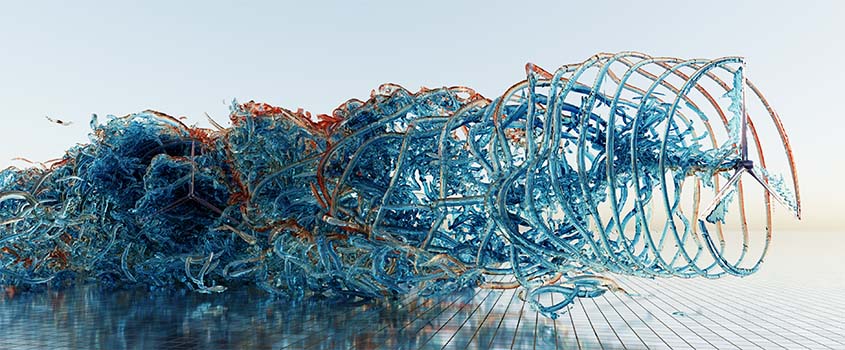
ExaWind Team Awarded High-Performance Computational Resources
A multilab project led by NREL has been awarded a highly competitive ASCR Leadership Computing Challenge 2022–2023 grant to run NREL's ExaWind code on the Summit supercomputer at the Oak Ridge Leadership Computing Facility. This will enable researchers to simulate in extreme detail the physics of wind farm air flow and wind turbine dynamics.
The team—led by NREL's Michael Sprague and including NREL researchers Mike Brazell, Georgios Deskos, Paul Mullowney, and Ganesh Vijayakumar along with Lawrence Cheung and Philip Sakievich from Sandia National Laboratories—will receive a whopping 800,000 computer “node hours” to use over 1 year. Thanks to Summit, these will be the highest-fidelity simulations to date, breaking up the air around a wind turbine or wind farm into billions of grid points that result in many billions of equations solved at each time step of the simulation. This information can be used by the wind energy industry to design more efficient wind turbines or operate less-expensive power plants—both on land and in the ocean—to support the development of wind energy across the United States.
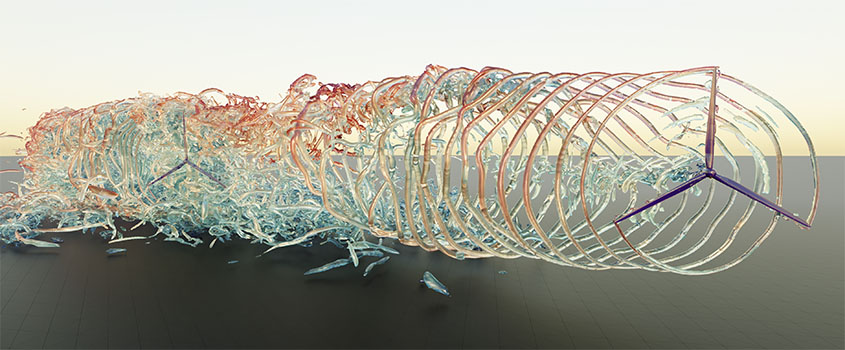
Reframing Curtailment: Why Too Much of a Good Thing Is Still a Good Thing
Curtailment—or restricting wind operations when more renewable energy is available than can be served to customers—has gained a negative connotation in the energy community for wasting clean, free electricity.
In a new explainer video, NREL uses the power of analogy to call for a shift in mindset—because curtailed electricity from abundant wind energy generation, for example, can actually be used to make the grid more flexible and reliable.
Downwind: In Case You Missed It
New Palm-Tree-Inspired Wind Turbine Rotor Developed and Tested at NREL
In a collaborative effort among NREL, CU Boulder, the University of Virginia, the University of Texas at Dallas, and Colorado School of Mines, scientists have developed a two-bladed, downwind wind turbine rotor. The palm-tree-like design uses lightweight, flexible blades that can withstand strong winds. The resulting study, funded by DOE's Advanced Research Projects Agency-Energy, was presented at the American Control Conference and is being published in Proceedings of the 2022 American Control Conference.
“We are very much bio-inspired by palm trees, which can survive hurricane conditions,” said Lucy Pao in a CU Boulder news release about the study. Pao is the study’s senior author and a joint appointee of NREL and CU Boulder.
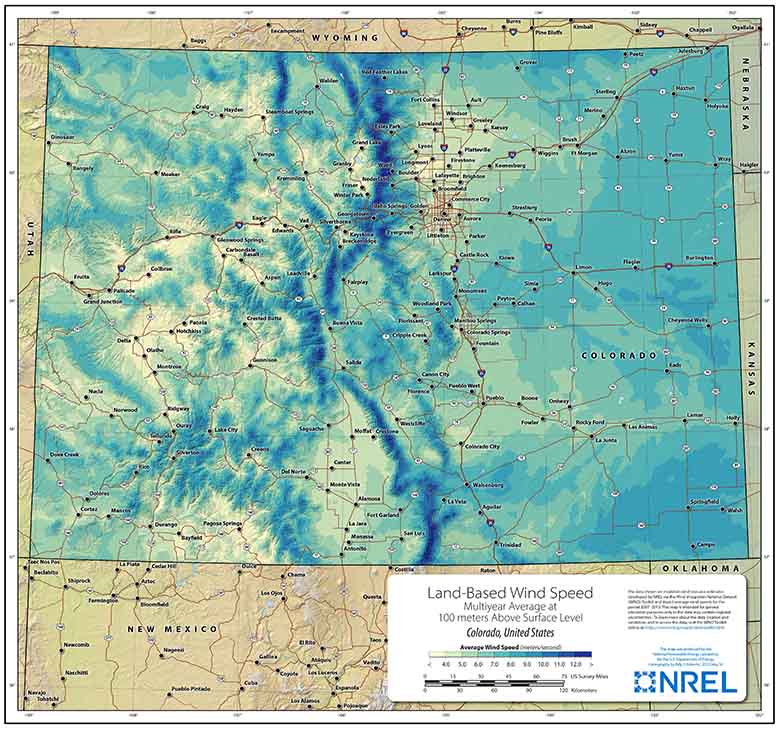
The newest maps to join the WINDExchange land-based wind resource maps include Colorado’s 100-meter wind speeds, pictured here. Map by NREL via WINDExchange
New 100-Meter Wind Resource Maps Available
The ability to assess and characterize available wind resources is critical to the development, siting, and operation of a wind power plant. Based on NREL's research, DOE's WINDExchange has released new wind resource maps to accurately define, measure, and forecast the nation’s land-based and offshore wind resources. New land-based maps are available for Colorado, Idaho, Nebraska, New Mexico, Nevada, and Oklahoma. WINDExchange will continue to add new resource maps throughout the year, so stay tuned.
Department of Energy Announces 2023 Collegiate Wind Competition Phase I Participants
DOE has announced 30 colleges and universities selected to participate in Phase 1 of the 2023 Collegiate Wind Competition, which is funded by WETO and managed by NREL. During the first half of the 2022–2023 school year, these teams will develop preliminary designs for a prototype wind turbine and a hypothetical wind farm site and conduct outreach with the wind energy industry.
By early 2023, competition organizers will narrow the Phase 1 competitors to up to 12 teams, which will be invited to participate in the competition in the second half of the school year. These teams will also be invited to present their work at the American Clean Power Association’s CLEANPOWER Conference & Exhibition in May 2023.
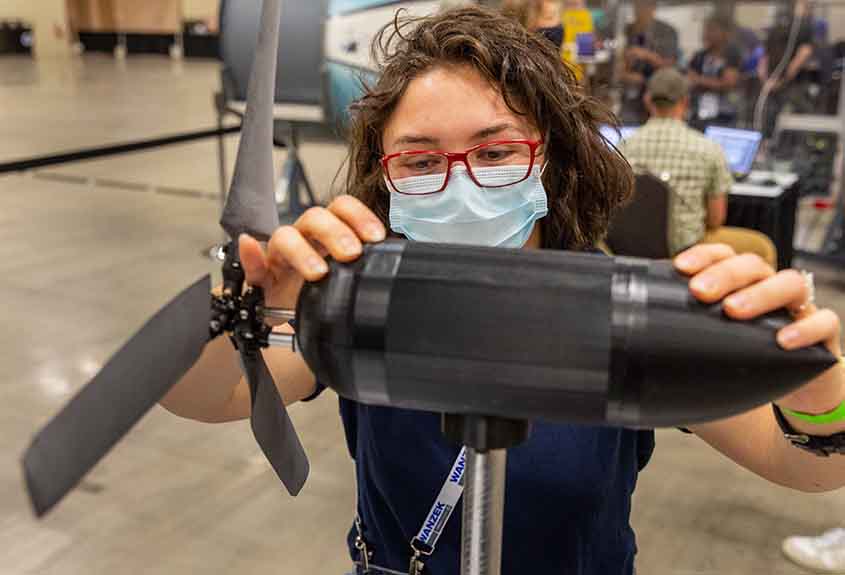
NREL Wind Energy in the News
A lightweight wind turbine rotor, designed by a team that included Joint NREL Appointee Lucy Pao, that can bend in strong (such as hurricane) winds has had several media mentions the past 2 months, most recently by Electrek and Tech Times. Read other mentions of NREL wind energy research in the news:
4 Reasons Why the Biden Administration Should Not Expand Offshore Drilling, Center for American Progress (2022)
California Considers More Aggressive Goals for Offshore Wind Development, Times Standard (2022)
Ceramic Electronics 3D Printing Receives $2.7M From Department of Energy, 3D Print (2022)
'Focus on Value' | Emerging US Floating Wind Plays Could Charge Up American Ambitions, Recharge News (2022)
White House Introduces Offshore Wind Implementation Partnership With 11 States, North American Windpower (2022)
WINDExchange Publishes New 100-Meter Wind Resource Maps, Clean Technica (2022)
Publications
Insights on Wind Turbine Maintenance From the Usage History of a General Electric Transportation Systems Gearbox, NREL Technical Report (2022)
Fiscal Year 2021 Isolated Grids and Grid-Connected Turbine Reference Systems; Microgrids, Infrastructure Resilience, and Advanced Controls Launchpad (MIRACL), NREL Technical Report (2022)
Advanced Distributed Wind Turbine Controls Series: Part 1-Flatirons Campus Model Overview; Microgrids, Infrastructure Resilience, and Advanced Controls Launchpad (MIRACL), NREL Technical Report (2022)
Advanced Distributed Wind Turbine Controls Series: Part 2-Wind Energy in Isolated Grids; Microgrids, Infrastructure Resilience, and Advanced Controls Launchpad (MIRACL), NREL Technical Report (2022)
Advanced Distributed Wind Turbine Controls Series: Part 3-Wind Energy in Grid-Connected Deployments; Microgrids, Infrastructure Resilience, and Advanced Controls Launchpad (MIRACL), NREL Technical Report (2022)
Advanced Distributed Wind Turbine Controls Series: Part 4-Wind Energy in Microgrids; Microgrids, Infrastructure Resilience, and Advanced Controls Launchpad (MIRACL), NREL Technical Report (2022)
Want More?
Subscribe to The Leading Edge newsletter, and explore the latest news and accomplishments in wind energy at NREL.
Share

